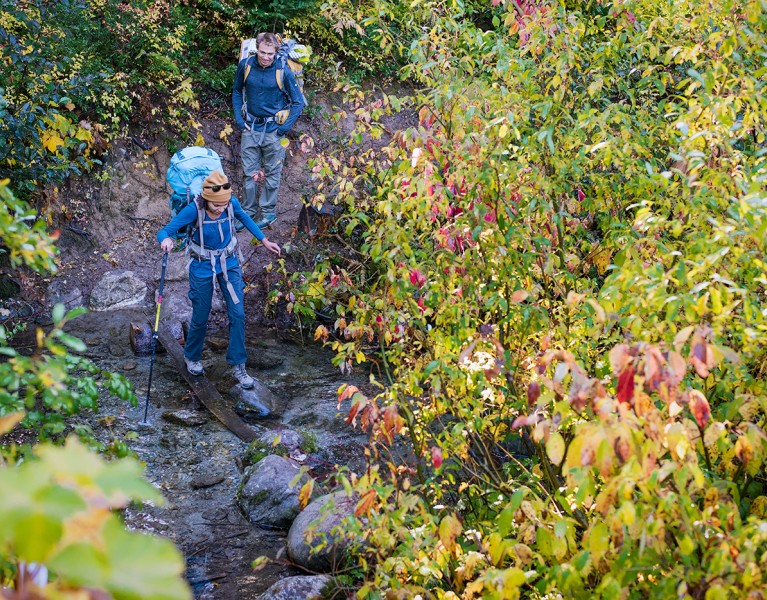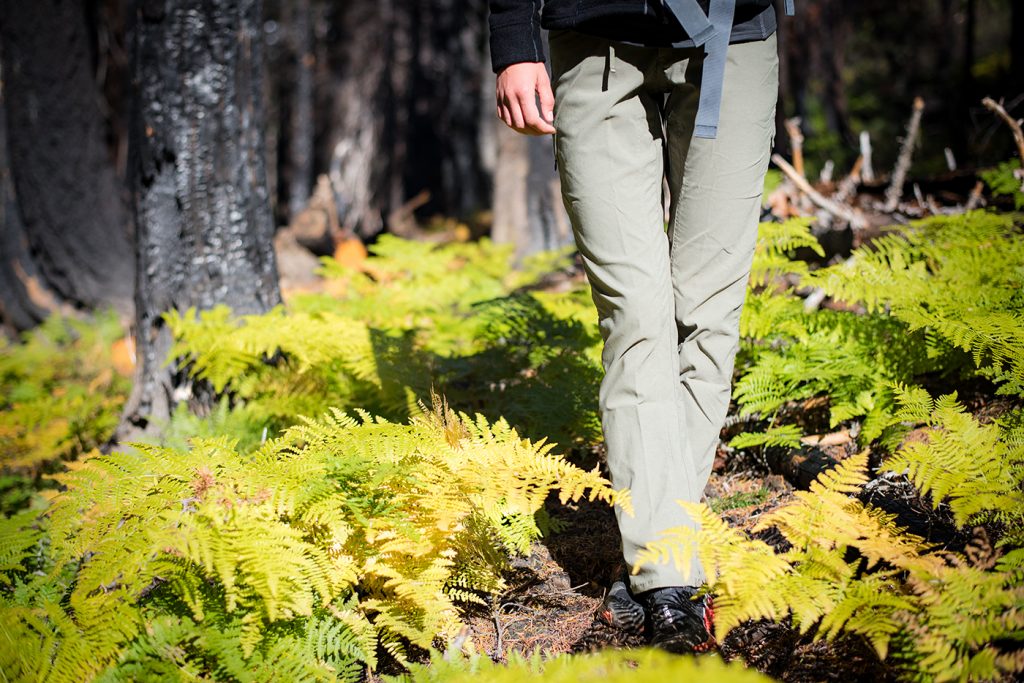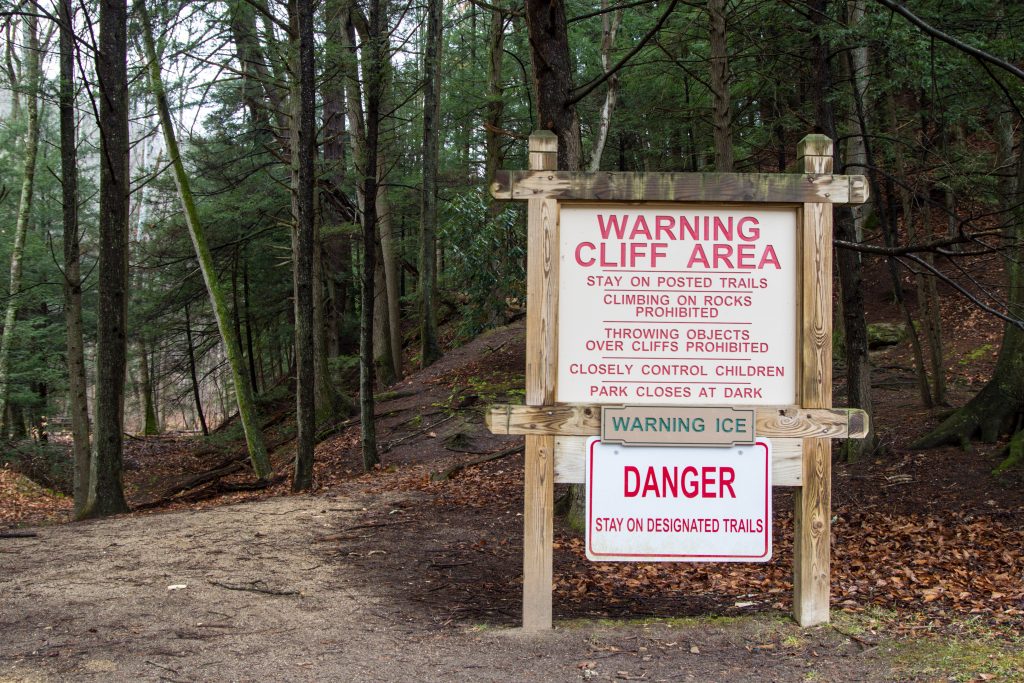
Safety in the Wild: Common Outdoor Injuries and How to Treat Them
Table of Contents [Show]
The best cure for modern life is the great outdoors: the freedom, the sense of adventure, the exhilaration. There's nothing like it.
Despite the beauty and tranquility of the great outdoors, it demands the greatest respect from hikers. And even the most experienced of us learn something new every single time we venture out.
When it comes to exploring the wild, it's important to watch for three major categories of injury: attacks from the elements, injuries from plants and animals, and physical injuries from accidents or overuse. Always keep a first-aid kit in your pack prioritize prevention, and know how to react in the case of an injury.
The Elements
There's no air conditioning in the backcountry of Utah or the Sierra Nevada Mountains. It's important to be prepared for long stretches of time with no access to stores, other people, or supplies. Here's how you can prevent and treat these mother-nature-related maladies.
Sunburn
Make sure you apply at least a 30 SPF sunblock at regular intervals. If possible, avoiding direct sunlight during the hottest time of day. It's also a good idea to wear a hat that provides SPF protection while hiking.
If you find yourself with a sunburn, do the following:
- Get out of the sun and into the shade.
- Drink plenty of water.
- Apply an aloe-vera based gel.
- Apply gentle cold compresses.
Dehydration
If you're hiking in a dry climate or at a higher altitude than you're used to, you can get dehydrated very quickly.
If you're noticing the signs of dehydration, like dark-colored urine, increased heart rate, extremely dry mouth, or lethargy, you need to replenish your fluids immediately. Avoid liquids like coffee and soda, and opt either for pure water or an electrolyte-containing drink.
Hypothermia
This life-threatening condition occurs when body temperature dips dangerously low. The most surprising thing about hypothermia is that, while it's associated with extreme cold, it can even occur at merely cool temperatures (above 40 degrees Fahrenheit) if you've gotten wet.
If you do get wet while hiking, make sure to dry yourself thoroughly. And it goes without saying: dress warm for cold weather, preferably with thermal materials that protect your core from the cold. If you start to notice symptoms of hypothermia—shivering, exhaustion, confusion, slurred speech—immediately treat for hypothermia:
- Get to a warm place as soon as possible.
- Remove any wet clothing immediately.
- Warm the center of the body first—chest, neck, head, and groin.
- Loosely cover with blankets, towels, or sheets.
- Give warm (non-alcoholic) beverages.
- Monitor for symptoms of shock.

Plants & Animals
First rule of the wild? You're not the only one out there. Sharing a hiking experience with local animal and plant species is one of the most amazing aspects of the outdoor experience, but also one of the most dangerous. Here's how to deal with the following dangers:
Snake Bites
It's important to know what species of snake there will be while you're hiking, and how to recognize them. For example, if you're hiking out West, you want to know what the Western Diamondback Rattlesnake looks like.
Prevent snake bites by wearing long hiking pants if you're in an area also populated by snakes.
If you get bit by a snake, it'll probably be obvious. You'll see fang marks, and hopefully see the snake itself so that you can report to medical authorities what bit you. Here's what you do:
- Get immediate help.
- Stay calm, and keep still to avoid spreading the venom.
- Keep the bitten limb lower than the heart.
- Place a constricting bandage two to four inches above the bite mark, and below it if you can—not too tight; the idea is to stop the lymphatic system from carrying the venom to the heart.
- Clean the wound with soap and water.
- Get to the nearest first aid center as soon as possible for treatment and anti-venom.
Poisonous Plants
Before you hike, look up the poisonous plants (poison ivy, poison oak, etc.) indigenous to the area you're hiking in. If you do come into contact with a poisonous plant, take the following steps:
- Immediately rinse skin with rubbing alcohol.
- Apply wet compresses; hydrocortisone cream and calamine lotion can also help.
- Take an antihistamine to decrease itching.
- If the rash spreads to your face or you have trouble breathing, go to the emergency room.
Ticks
It's important to perform a thorough tick-check after every hike to prevent these nasty little creatures from spreading diseases like Ricky Mountain Spotted Fever or Lyme's disease.
If you notice a tick, remove it as soon as possible:
- Use fine tweezers and get them as close to your skin as you can.
- Apply firm and steady pressure; don't twist or squeeze the tick.
- Clean the area with an antiseptic.

Physical Injuries
It's difficult to anticipate what could happen while hiking. In the case of falls, accidents, or mistakes, it's important to stay prepared. Keep a first-aid kit with you on every major hiking trip so you'll know how to handle the following issues.
Blisters
Blisters aren't just painful: they present a potential breeding ground for bacteria and infection. First of all, make sure you break in your shoes before hiking as a preventative measure. If you do get blisters while hiking, here's what you do:
- Clean with an antiseptic.
- It's better not to pop a blister. But if you can't help yourself, make sure you use a sterilized pin and let it drain thoroughly before wrapping it back up.
- Before you resume hiking, make sure the blister is dry, sterilized, and cushioned to prevent further injury and infection.
Strains/Sprains
A sprain occurs when a ligament is stretched or torn. As far as prevention goes, make sure to exercise caution when you're hiking through treacherous, rocky, or slick terrain. Choose footwear with good grip and ankle support. If you do get a sprain, the symptoms will include pain and swelling. Keep the acronym RICE in mind
R - Rest. Get off the limb, if possible.
I - Ice. Ice the area as soon as possible to prevent swelling.
C - Compress the area.
E - Elevate. Once you're to a safe place, lie down and keep your injured limb elevated.
Broken Bones
At first, you may confuse a broken bone with a sprain or strain. But with a fracture, you'll notice a black or blue discoloration around the injured area. Pain will be sharp and you won't be able to put any weight on the limb whatsoever. If you find yourself in this serious condition, stay calm. Here's what you do:
If you have a broken leg or ankle, use a splint. Wrap a splint around the leg and immobilize using duct tape, ropes, or anything else you have on hand.
You shouldn't put any weight on the limb. If you can, use a crutch to support yourself as you get back to seek help. If you're with a partner and the break is serious, they might be able to make a litter to transport you. The most important thing is that you seek help as quickly as possible.
Cuts
Say you slip and fall, cutting yourself on a jagged rock. The rush of blood can be disorienting, so make sure you stay calm. If you get a cut while hiking and you're away from immediate medical care, here's what you do:
- If you're bleeding profusely, contact medical authorities immediately.
- Compress the wound and elevate it to staunch bleeding.
- Once bleeding has stopped, remove any grass or rocks from the wound.
- Rinse thoroughly with clean water.
- Dry the wound then apply antibiotic ointment.
- Bandage the wound with firm pressure (but not too firm it cuts off blood flow).
Stay Safe And Keep Exploring
With a little preparation and a lot of healthy respect for the wild outdoors, hiking can be one of the most curative and incredible experiences available to a lot of us. There's no need to fear the elements of nature, but anyone venturing out into the unknown wild needs to keep prepared. When it comes to hiking, use preventative measures like sunblock, water, and a first aid kit. Wear warm clothes in cold weather and protect your body with the best materials available.
Visit our shop to check out pants and outerwear made from durable fabrics, and check out our blog for more tips and insight on the great outdoors.


